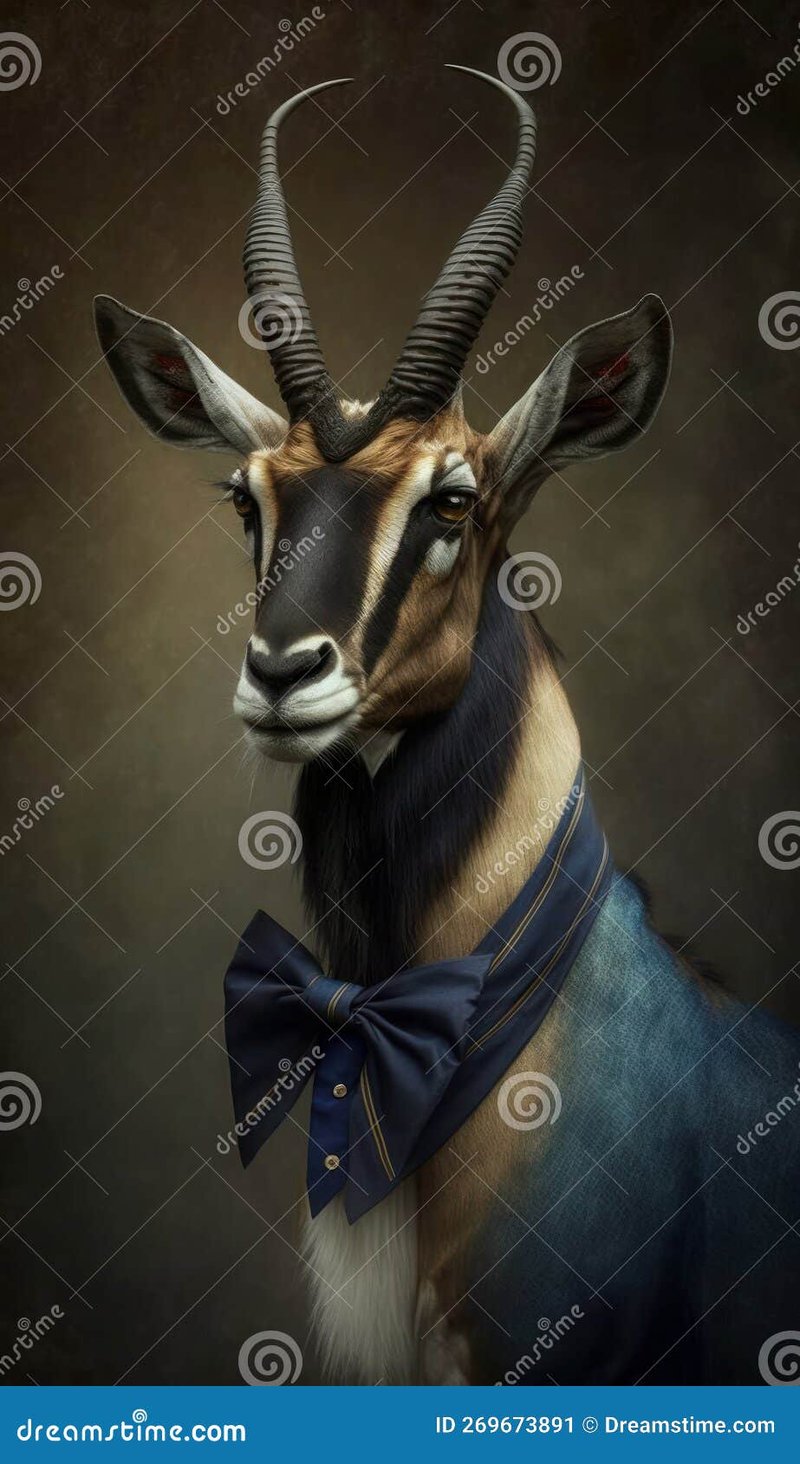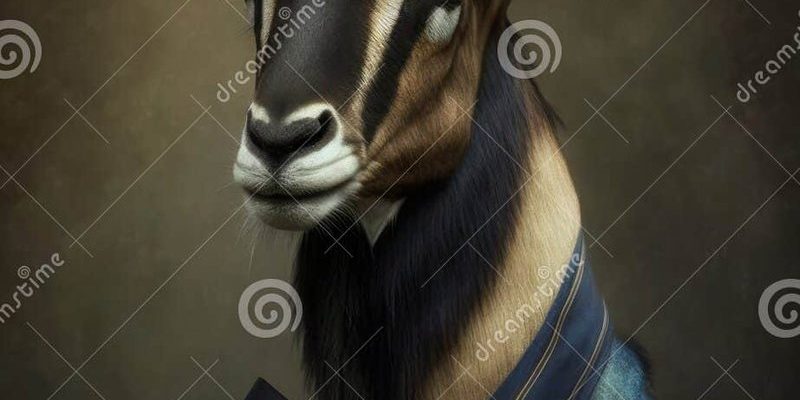
Imagine sitting around a campfire, listening to tales that stretch back generations. Each story weaves together themes of strength, agility, and adaptability—qualities that the antelope embodies. In many cultures, these creatures symbolize a connection to nature and the spirit of survival. So, let’s dive into how the antelope is represented in different cultures and folklore, exploring its depth and significance.
Symbolism in Indigenous Cultures
Indigenous people across various continents have long revered the antelope as a symbol of freedom and grace. For many African tribes, the antelope is more than just an animal; it’s a representation of life and sustenance. The Bushmen of Southern Africa, for example, regard the antelope as a vital resource. Their stories often depict the antelope as wise and cunning, capable of outsmarting predators. This respect for the antelope is rooted in the relationship between humans and nature, emphasizing harmony with the environment.
In North America, the Native American tribes have their own tales featuring antelope. Often, these stories highlight the antelope’s speed and agility as a metaphor for life’s challenges. When faced with danger, the antelope doesn’t just run; it leaps and dodges, symbolizing resilience. In these narratives, the antelope teaches us about the importance of adaptability and finding one’s path, a lesson that resonates across cultures.
Antelope in Art and Literature
Antelopes have also left their mark in art and literature. In ancient cave paintings, artists depicted these animals to represent the hunting practices of their tribes. These images are often vibrant and dynamic, capturing the spirit of the antelope in motion. It’s fascinating how early humans celebrated these creatures, recognizing their beauty and essential role in the ecosystem.
Fast forward to modern literature, and you’ll find the antelope still making appearances. In works like “The Antelope and the Lion”, the antelope serves not only as a character but also as a symbol of cunning and survival. Writers often use the antelope to explore themes such as coexistence and the struggle between predator and prey. Through vivid descriptions and powerful imagery, authors convey the essence of the antelope, making it relatable and relevant even today.
Folklore and Mythology Surrounding Antelopes
Folklore often intertwines with mythology, and the antelope is at the heart of several captivating tales. In some African myths, the antelope is featured as a trickster. It uses its speed and intelligence to outwit other animals, teaching lessons about cleverness and strategy. For instance, stories from the Hausa people tell of the antelope outsmarting a lion, illustrating the idea that brains can triumph over brawn.
In Hindu mythology, the antelope is associated with Lord Shiva, who is sometimes depicted with a deer. This reflects the themes of grace and beauty, emphasizing the balance of nature. Such representations highlight how the antelope embodies not just physical attributes but also the philosophical ideas of harmony and balance in life.
Antelope in Folklore Around the World
Antelopes aren’t just significant in African and Native American cultures; they have a place in folklore around the globe. In parts of India, there are tales where the antelope serves as a messenger between the human world and the divine. These stories often depict the antelope as an agile creature that can traverse between realms, symbolizing hope and connection.
Moving to the Middle East, different cultures view the antelope as a creature of beauty and elegance. In poetry, antelopes often represent love and longing, with their graceful movements evoking a sense of yearning. This illustrates how poets use animals to convey human emotions in relatable ways.
The Role of Antelopes in Modern Conservation Efforts
In today’s world, the antelope takes on yet another important role—one of conservation. As populations decline due to habitat loss and poaching, many cultures are rekindling their respect for this majestic animal. This shift is reflected in various conservation programs that aim to protect antelopes and their habitats.
Organizations are working tirelessly to educate communities about the ecological importance of antelopes. By weaving traditional stories and modern scientific understanding together, they’re fostering a sense of responsibility toward wildlife conservation. This connection to folklore emphasizes how cultural narratives can inspire action and change, reminding us of our role in protecting these remarkable animals.
The antelope’s representation in culture and folklore is rich and multifaceted. It serves as a symbol of resilience, beauty, and connection across different societies. From ancient myths to modern conservation efforts, the antelope continues to inspire and teach valuable lessons about life and the natural world.
Whether through storytelling, art, or conservation, the antelope remains a cherished and revered creature. Its legacy is a testament to the profound bond between humans and nature, reminding us that these graceful animals deserve our respect and protection. So, the next time you see a depiction of an antelope, take a moment to appreciate its significance and the stories it carries with it through time.

